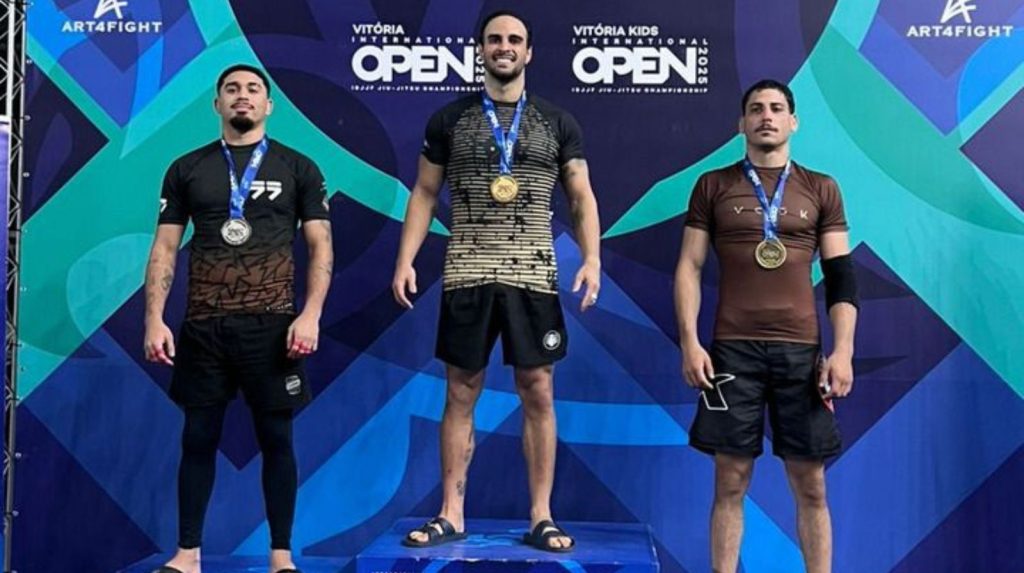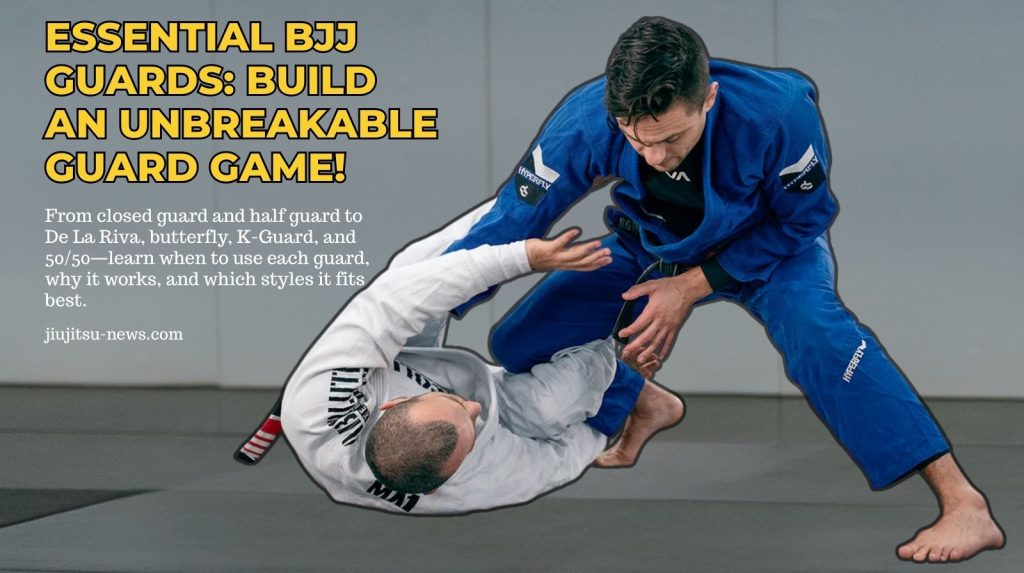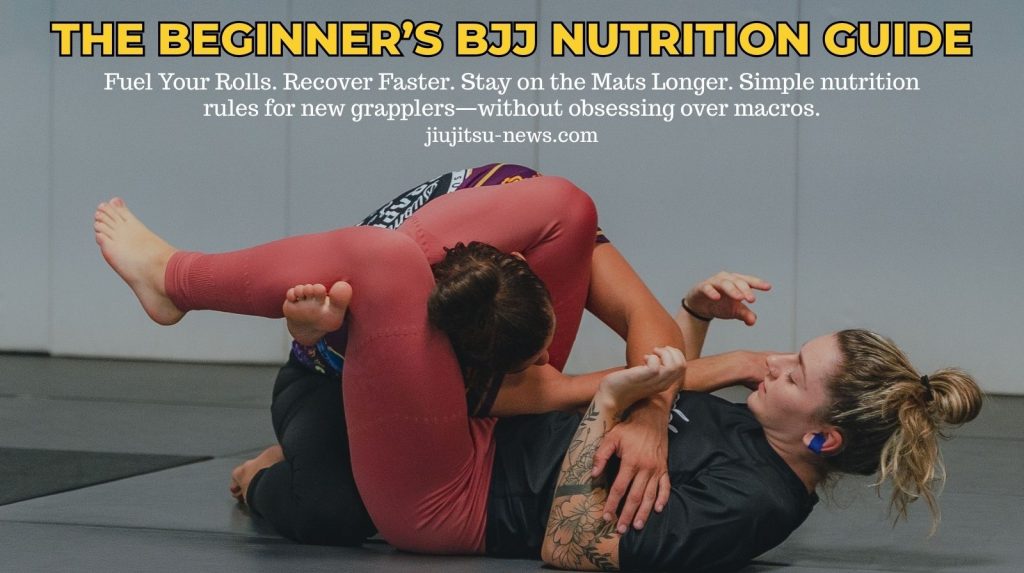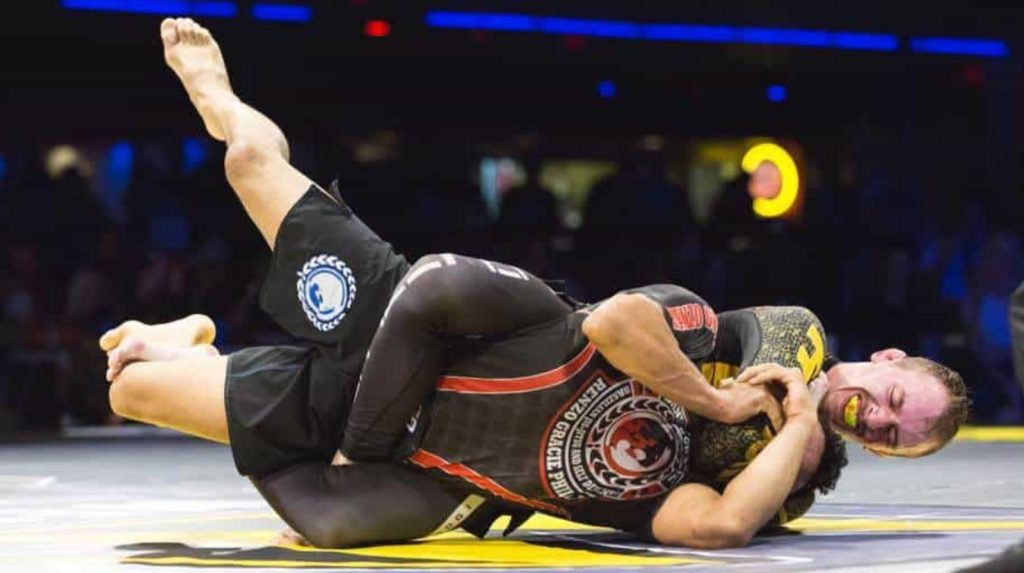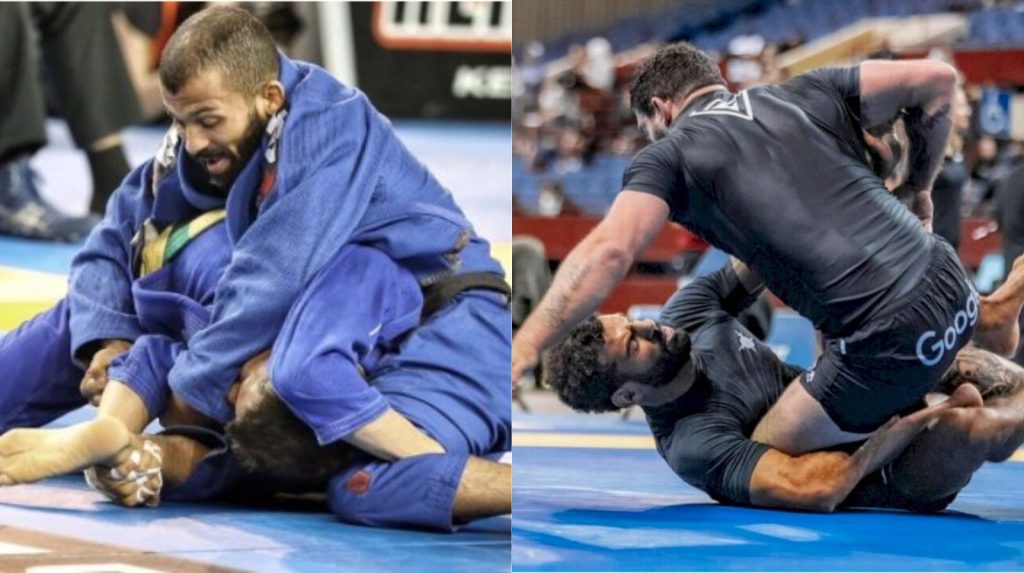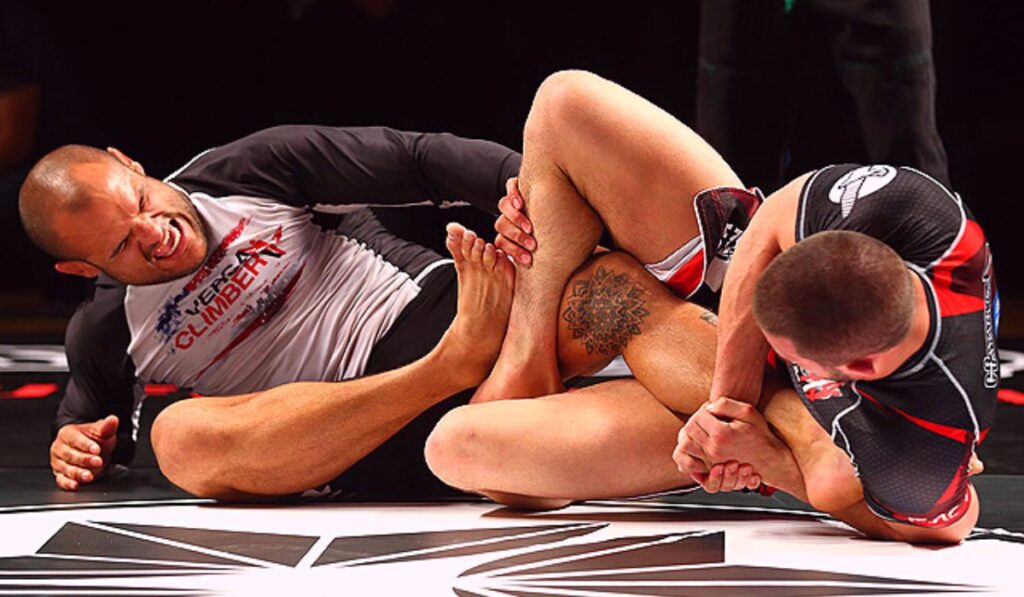How to train BJJ with limited space? No mats. No gym. No problem. Look, I get it. You’re stuck at home. Maybe your gym’s too far, or your schedule’s packed, or maybe you’re just working with a tiny living room and a stubborn couch in the way. But the best part is that doesn’t mean you can’t train in Jiu-Jitsu.
I used to think I needed a big mat, a partner, and a full class to “really” train. But that was just an excuse. Once I stopped waiting for the perfect setup, I found ways to keep my game sharp—even in a cramped space.
Here’s how.
1. Solo Drills Work—Even in a Tiny Spot
You don’t need a full mat to move your body like a grappler. If you’ve got a few feet of floor space, you’ve got enough to do these drills:
- Hip escapes (shrimping): Great for warming up and building core strength
- Bridges (upa): Helps you practice escapes and build power in your hips
- Technical stand-ups: A must for self-defense and getting up safely
- Granby rolls: You can do these in place with control
- Shadow grappling: Picture an opponent and go through transitions—guard to mount, side control to back, etc.
Set a timer. Go 30 seconds per drill or whatever works with you. Rest. Then do another round. You’ll sweat. You’ll move. And you’ll stay connected to the game.
2. Use Furniture (Yep, Seriously)
You can turn your home into a training lab if you get a little creative.
- Use a pillow as a grappling dummy.
- Put on your gi and tie up with a jacket or belt for grip drills.
- Mount a yoga ball and work on base and balance.
- Use a wall to practice guard retention movements.
I’ve even used my bed to practice sweeps. Don’t judge. It works.
3. Visualization Is a Legit Tool
This sounds like fluff—but it’s not. Visualization is real training. Close your eyes. Pick a move you’ve been working on. Now imagine doing it:
- How do your grips feel?
- Where’s your weight?
- What does your opponent do next?
Time your breathing with the motion. Go slow. Picture every detail. You’re creating mental reps. And mental reps count. Studies indicate that athletes who visualize improve faster than those who don’t.
4. Watch Tape—But Actually Study It.
Scrolling YouTube isn’t the same as training. But if you watch with intention, you can turn it into learning.
Pick one technique or position. Watch how your favorite grappler sets it up. Pause. Rewind. Take notes.
Try this:
- Watch 3 clips of the same move
- Write down what’s the same and what’s different
- Try the movement slowly in your space
This builds your game sense—even without rolling.
5. Flow Drills With a Partner (If You’ve Got One)
If you’ve got someone willing to train with you—even just to drill—you’re golden. Keep it light. Keep it playful. Focus on timing and movement, not winning.
Start with:
- Guard retention drills
- Passing flow
- Positional escapes
- Submission chains
Set boundaries if space is tight. Pick a small area and don’t go beyond it. That makes your control even better.
6. Keep a Training Journal
This changed the game for me. Each day, write:
- What you drilled
- What you learned
- What felt hard
- One small goal for next time
Even short notes keep your mind in training mode. It helps you stay focused—and it’s cool to look back and see your progress.
Final Thoughts

Yes, you can train BJJ even with limited space. And you don’t need a full mat or 10 partners to get better at Brazilian jiu-jitsu. You just need the will to keep showing up—even if it’s your living room instead of your gym.
Stay moving. Stay sharp. And remember: BJJ isn’t just something you do at the academy—it’s something you carry with you.
Keep training. One breath, one rep, one step at a time. You’ve got this. 👊
Read Next: Overcoming the Feeling of Quitting BJJ—Why You’re Not Broken (You’re Just Normal).

